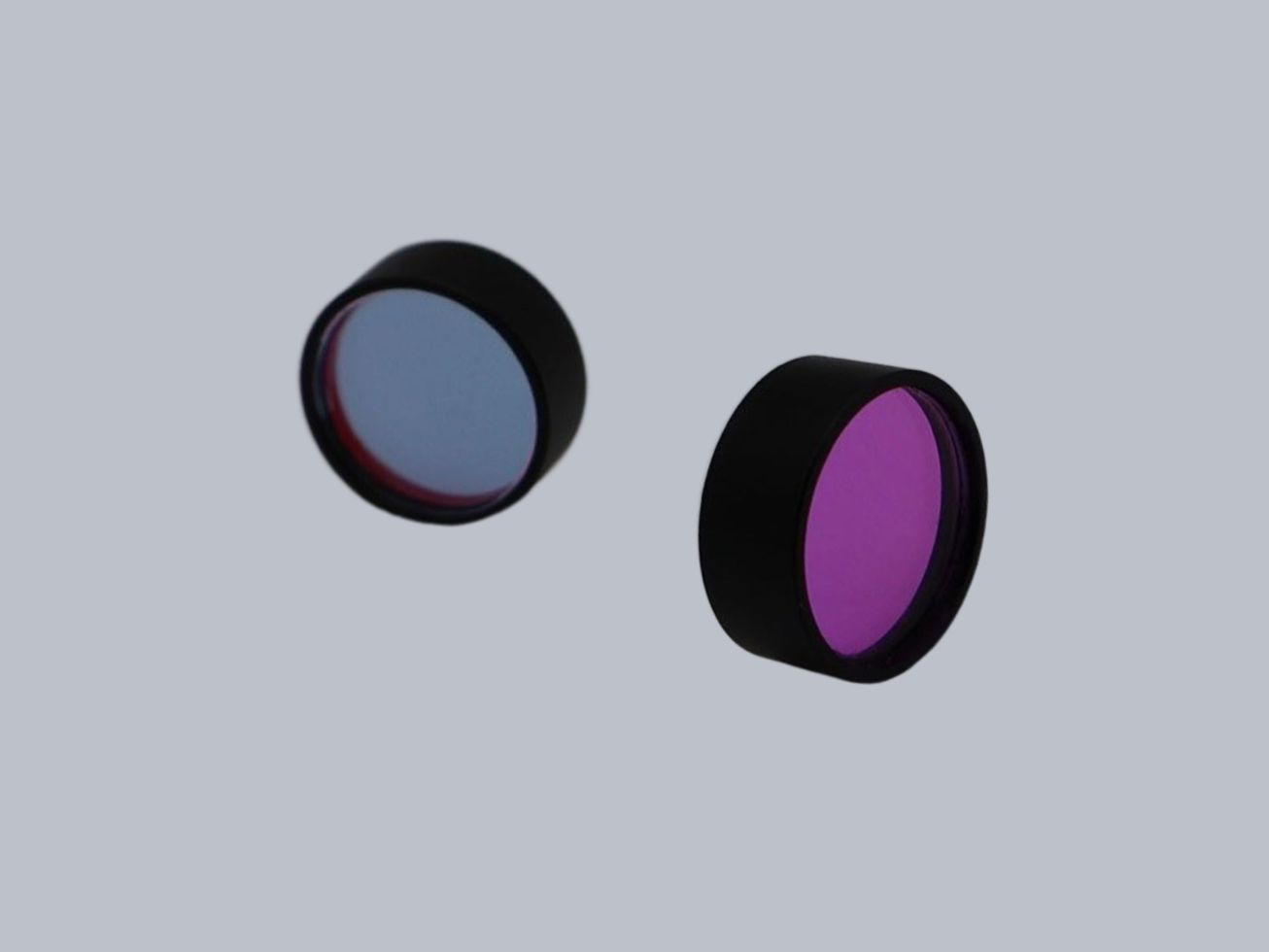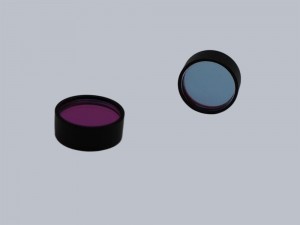410nm Bandpass Filter for Pesticide Residue Analysis
Product Description
A 410nm Bandpass Filter is an optical filter that selectively allows light to pass within a narrow bandwidth centered at 410nm, while blocking all other wavelengths of light. It is usually made of a material that has selective absorption properties for the desired wavelength range. 410nm is in the blue-violet region of the visible spectrum, and these filters are often used in scientific and industrial applications. For example, they can be used in fluorescence microscopy to selectively allow excitation wavelengths to pass while blocking scattered or emitted light from other light sources. 410nm bandpass filters are also used in environmental monitoring, water quality analysis and phototherapy applications. These filters can be made in different shapes and sizes to accommodate a variety of optical instruments such as cameras, microscopes and spectrometers. They can be manufactured using different techniques such as coating or lamination, and can be integrated with other optical components such as lenses and mirrors to form more complex optical systems.
Pesticide residue analysis is a critical process for ensuring food and environmental safety. Modern agricultural practices rely heavily on the use of pesticides to protect crops from pests and increase yields. However, pesticides can have harmful effects on human health and the environment. Therefore, their use must be monitored and regulated.
One of the key tools used in pesticide residue analysis is the bandpass filter. A bandpass filter is a device that filters out certain wavelengths of light while allowing other light to pass through. In pesticide residue analysis, filters with a wavelength of 410nm are used to detect the presence of certain types of pesticides.
The 410nm bandpass filter is an important tool for identifying pesticide residues in samples. It works by selectively filtering out unwanted wavelengths of light, allowing only the desired wavelengths to pass through. This allows accurate and precise measurement of the amount of pesticide present in the sample.
There are many different types of bandpass filters on the market, but not all are suitable for pesticide residue analysis. The 410nm bandpass filter is designed for this purpose with high sensitivity and accuracy.
The use of 410nm bandpass filters in pesticide residue analysis is a critical step in ensuring food and environmental safety. It is an essential tool for regulators, farmers and consumers. By detecting even trace amounts of pesticide residues, this filter helps maintain the highest standards of food safety and environmental protection.
In summary, the 410nm bandpass filter is an important tool for pesticide residue analysis. Its high sensitivity, accuracy and specificity make it an essential tool for those involved in food safety and environmental protection. When selecting a bandpass filter for pesticide residue analysis, be sure to look for filters designed specifically for this purpose, such as 410nm bandpass filters.
Specifications
|
Substrate |
B270 |
|
Dimensional Tolerance |
-0.1mm |
|
Thickness Tolerance |
±0.05mm |
|
Surface Flatness |
1(0.5)@632.8nm |
|
Surface Quality |
40/20 |
|
Line Width |
0.1mm & 0.05mm |
|
Edges |
Ground,0.3mm max. Full width bevel |
|
Clear Aperture |
90% |
|
Parallelism |
<5” |
|
Coating |
T<0.5%@200-380nm, |
|
T>80%@410±3nm, |
|
|
FWHM<6nm |
|
|
T<0.5%@425-510nm |
|
|
Mount |
Yes |









